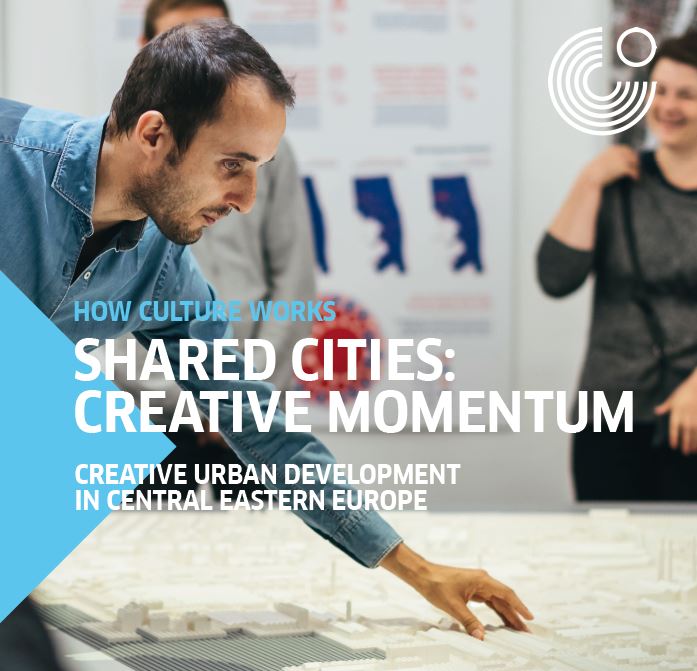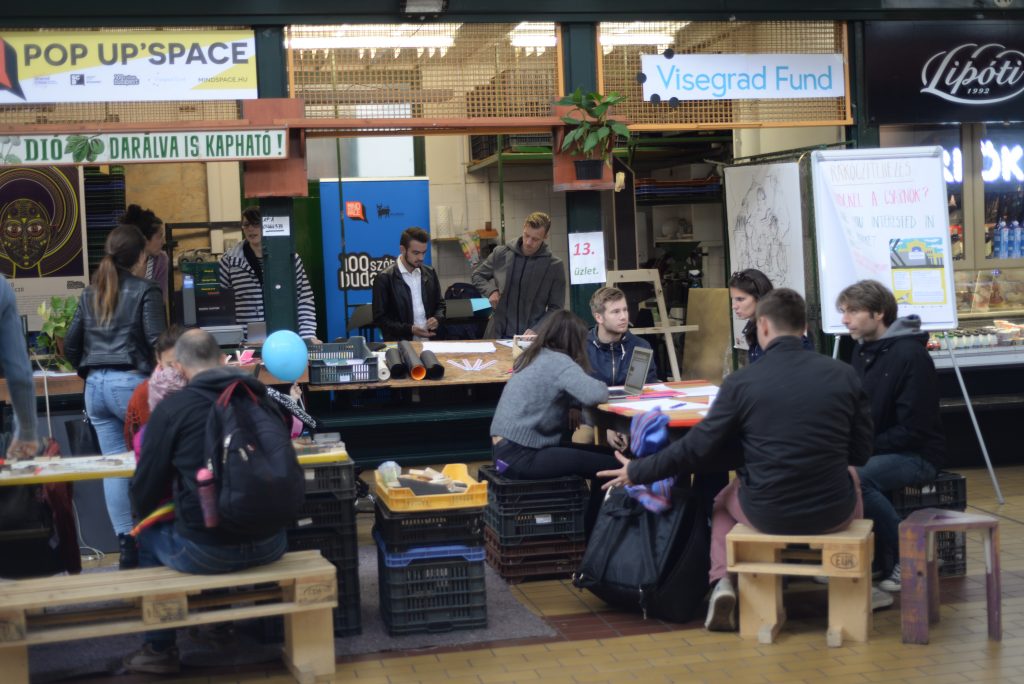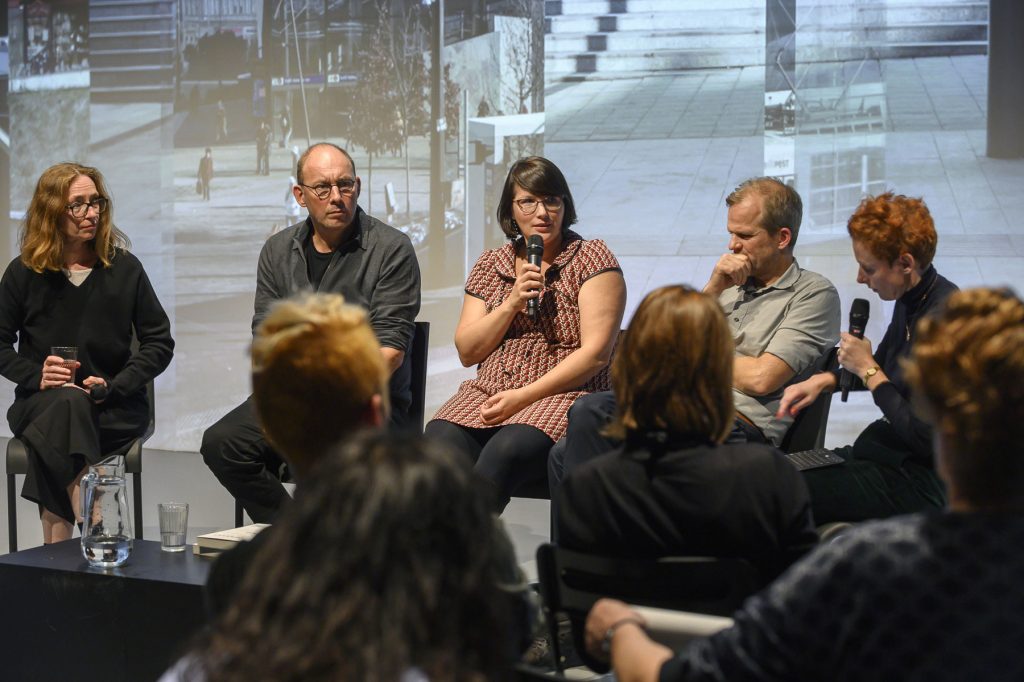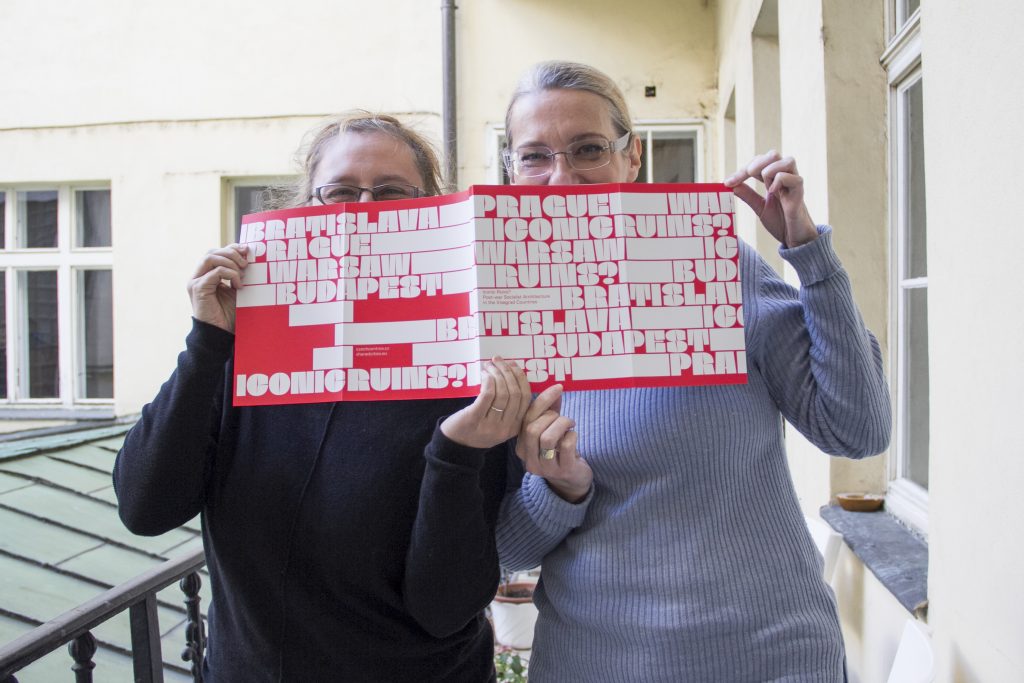
How Culture Works
"DOES EVERYTHING ALWAYS HAVE TO BE ASSESSED?" No. But when cultural work is financed with public funds, there is a necessity to evaluate.
Prague Permanent linkFor four days in September, the R??k??czi square hosted workshops, pop-up stores, idea-generating presentations and international guests reflecting on the effects the construction of Budapest???s 4th metro line station has had on the square itself and the surrounding neighbourhood.

??Mindspace

A square in the heart of Budapest. In the 8th district, past the grand boulevard, in the shadow of the 4th metro line. There is a hundred-year old market hall on the square, victim of urban developments recently. The construction of the 4th metro line started in 2006. Due to the prolonged works, the neighbourhood lost plenty of its liveability, the market hall became abandoned and the square was only used for bypassing. Finally the construction ended and it turned out that the exit of the metro fully covers the view of the market hall so it became almost invisible from the boulevard.
We saw the opportunity to organize cultural events in this special context. We knew the market from before, but have not really spent much time there. During the six weeks of preparations we wandered for days in the market, started conversations with vendors, producers, the management, security, and locals. We have started to understand the place. We realized that people face a diverse set of problems, and they reflect on them in various ways. But it has also become clear that there are points of agreement, the most notable being the fact that there aren’t enough customers on the market. We learned that a third of the shops inside the market were empty, which gave a sad character to the whole place.
So we decided to bring in new, unusual activities, which could give a new impetus to the market. We temporarily occupied the empty shops for three days and opened a pop-up print shop (Verkstaden), a serigraph workshop (BPZines ??s Hurrik??n Press), and a woodwork crafts-workshop (led by Bence Buczk??). These workshops produced the map of the neighbourhood, posters and funzines, aprons for butchers and wooden boxes and benches with the involvement of interested locals. Our only starting point was to create something that makes the place better and is inspired by the market and the Rakoczi square. Our aim was to introduce new activities into unusual settings and give a push and a new flavour to the place.
Mindspace was also present with a pop-up office and we were there to answer questions from passers-by. During the day we gave professional support for the event and used smart city methodologies to engage with locals. At a conference speakers from the Shared Cities: Creative Momentum network (Karol Piekarski, Miasto Ogrodow, Tatjana Vukosaljevic, The Association of Belgrade Architects, Milota Sidorova from Goethe-Institut, Samu Szemerey from K??K and G??bor Bindics from the Alliance Star?? Tr??nica) introduced national and international examples of community-driven urban development projects. The event was complemented with musical performances based on the concept of David Somlo. Several musicians gave live concerts during the days and closed the event on the last evening with a large-scale evening performance.
The goal of the project was to raise awareness to an underused public space and re-introduce it to locals. Hence we believe that the main outcome of the project is the start of a continuous conversation with them. Thanks to this process people have started to understand that they have a word in urban development, that the city is not a stranger thing, beyond their reach, and that they can form the patterns of urban tapestry. We all learned that smart actions make the surrounding built environment more liveable and exciting.
It has become clear that everyone ??? vendors, pensioners, young people – has its opinion about the square, about what works, what is disfunctional and how to make it better. We will spend the autumn with analysing and structuring this information and on this basis we will develop a long-term project with the involvement of shop owners on the market, public and cultural institutions, economic actors and eager locals.
Due to the success and popularity of R??k??czi squareing, it became clear that we will foster long-term cooperation with CSAPI, Operator of the Market Hall, and will involve more cooperating institutions and actors related to the R??k??czi square on a broader sense.??The R??k??czi squareing together with the autumn discussions are paving the way for Working With the the City Festivals.
D??ri Gunther, Mindspace
Photo: Gy??z?? Horv??th
You can find the original source of the post here

"DOES EVERYTHING ALWAYS HAVE TO BE ASSESSED?" No. But when cultural work is financed with public funds, there is a necessity to evaluate.
Prague Permanent link
The one-day programme was based on discussion formats with renowned European architecture theorists, curators and urban researchers.
Prague Permanent link
Within Shared Cities: Creative Momentum the Czech Centres realized the "Iconic Ruins?" exhibition and an economic impact evaluation of the project. How does the future of the exhibition look like? What are the benefits of having an economic analysis of the project? Find the answers in the interview with Ivana ??ern?? and Sandra Kar??csony from the Czech Centres / ??esk?? Centra in Prague, Czech Republic.
Prague Permanent link